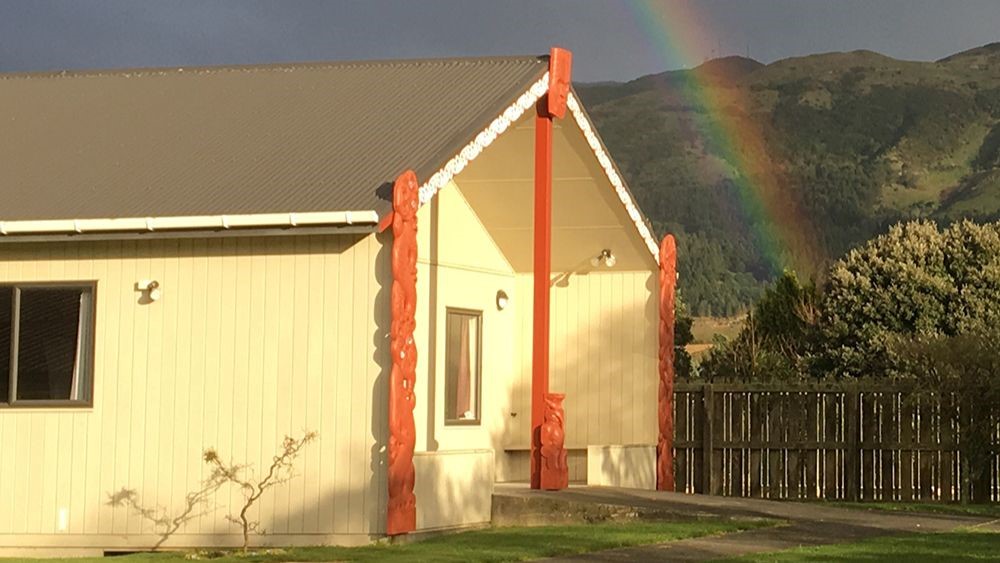
One question we have heard through feedback is ‘why now?’ Why are we trying to make such a significant suite of changes to mental health and addiction services at this time, given constraints in staffing and a national landscape of change?
In answer - we have heard time and again over the last few years, from stakeholders, tāngata whaiora and kaimahi alike, that the current system is under unsustainable pressure, and that there is an urgent need to look at ways in which things can be done differently.
There is never a perfect time to embark on such a programme, and with the need to change of critical importance, we began work on this programme 18 months ago.
Our direction is aligned with national changes, as signalled in interim health plan Te Pae Tata. Common goals include systems that provide care closer to home and in more integrated ways, and crucially, a strengthened focus on equity.
Finally, a reminder that we have extended the deadline for feedback on the Local Adult Specialist Mental Health & Addiction Service until 5pm on 31 July. Thanks to those of you who have provided input so far. If you would like to have your say, please read the summary document and email your feedback to MHAchange@ccdhb.org.nz.
Paul Oxnam Scott Ambridge
Executive Clinical Director, MHAIDS Executive Director, MHAIDS
 Te Awakairangi Māori Mental Health and Addiction
Te Awakairangi Māori Mental Health and Addiction
Matariki Wānanga signal exciting new phase
 The Kaupapa Māori workstream is one of four in the Mental Health and Addiction Change Programme. It gives precedence to the health inequities that exist in Te Awakairangi for Māori whānau presenting with mental health difficulties.
The Kaupapa Māori workstream is one of four in the Mental Health and Addiction Change Programme. It gives precedence to the health inequities that exist in Te Awakairangi for Māori whānau presenting with mental health difficulties.
The kaimahi involved with the Kaupapa Māori workstream are holding a series of wānanga in Hutt Valley, to bring together local communities to connect and share future aspirations for Māori mental health in Te Awakairangi.
Wānanga have taken place in Wainuiomata, Upper Hutt and Lower Hutt, with a second planned for each location next week. These were rescheduled following the passing of respected Taniwha Dr Ihakara Porutu Puketapu, Te Ātiawa Rangaitira and Lower Hutt community leader. Read more about the wānanga on our website.
 Community Child and Adolescent Mental Health
Community Child and Adolescent Mental Health
Weaving Te Ao Māori together with the Choice and Partnership Approach

Te Whare Mārie is a Porirua-based Māori mental health community service that is part of the Mental Health, Addiction and Intellectual Disability Service (MHAIDS).
The Child and Adolescent Mental Health Services (CAMHS) team at Te Whare Mārie, Te Kākano o te Aroha, has been using CAPA since 2016, when it was woven together with Te Ao Māori to form a framework that meets the needs of Māori. Central to this is a pūrākau, or story, that clinicians use to explain the treatment journey to tāngata whaiora, based on Tāne’s journey up to the heavens to seek the baskets of knowledge for mankind.
Team Leader Maire Ransfield reflects on what the team has learned since implementing the framework, and what she is now able to share with her CAMHS colleagues across MHAIDS. Find out more.
Clinical Coach role supports new team members

Supporting and developing the CAMHS workforce is another priority for the Community Child and Adolescent Mental Health workstream of the MHA change programme.
As part of this mahi, CAMHS explored the possibility of employing a Clinical Coach, a role designed to support orientation and induction of staff new to working in the CAMHS sector. Earlier this year allied health clinician Fionn McKenzie was appointed to the role on a fixed-term secondment, working across CAMHS teams to provide proactive support.
Find out more.

Inpatient Acute Mental Health
Acute Inpatient Service: Developed design phase

Working groups are continuing to meet regularly to plan the Acute Inpatient Service build in Hutt Valley, as we progress through the ‘developed design’ phase for the Mark Dunajtschik Mental Health Centre.
Representatives from Te Whare Ahuru and Lived Experience make up the clinical design group, one of three teams contributing to plans for the new unit. They are working closely with the architect and project management team.
An exciting step was recently taken, as the preliminary design phase was completed. Considerations include making sure appropriate disability access is factored in, an emphasis on natural light and space, provision of high-secure and low-stimulation areas, and multi-use spaces.
Work to finalise plans for the building envelope (i.e., the physical separator between the inside and outside environment including resistance to air, water, heat, light, and noise transfer) is now unfolding.
Collaboration leads the way
 As part of the national direction to support districts working together in closer collaboration, it has been pleasing to note the increasing role of collaboration in our own Change Programme.
As part of the national direction to support districts working together in closer collaboration, it has been pleasing to note the increasing role of collaboration in our own Change Programme.
In one example of the regions working closer, members of the Change Programme team paid a visit to Palmerston North earlier in the year, to learn about some local initiatives and enabling structures that surround them.
“As part of this we connected with people within specialist services, community NGO providers, and commissioning in MidCentral,” says Victoria Parsons, who leads work on the Peer Support project. “We agreed it would be useful to meet again, to share information and support each other around the various change initiatives we are working on in our different districts.”
The result was a whakawhanaungatanga held in May, with attendees from Hawkes Bay, Wairarapa and Whānganui. Further hui for Central Region districts – MidCentral, Whānganui, Hawkes Bay and MHAIDS Capital, Coast, Hutt Valley and Wairarapa - are planned for later in the year.